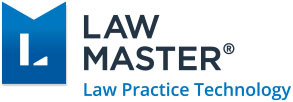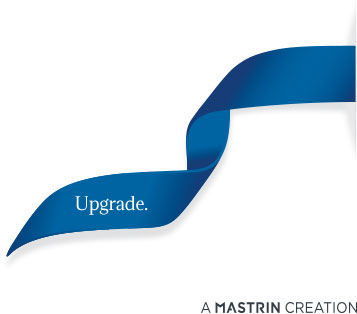Rob Knowsley LLB. Principal, Knowsley Management Services
Reviewing the legal landscape yet again as I’m just ticking over 32 years assisting small medium law firms across Australasia, one issue that still all too often rears its very ugly head is…poor profitability.
Given the consistency of the challenge there’s no need in this very short editorial to set out the myriad downsides as they will be all too familiar to many readers.
There are a few really key areas of the practice to work on in moving to permanently achieving very good profitability.
Before setting them out let me stress that charging fees that are not fair, reasonable, and proportionate, or even trying to do so, is neither necessary nor advisable as part of a strategy to address weak or non-existent profitability.
The critical awareness in starting the profit improvement journey is to fully understand where the true break-even point is in your particular practice, because it is only here where the opportunity to generate profit arises.
Before break-even, all that can be achieved in a surviving firm is keeping the doors open for a bit longer.
Until the practice has generated (we’ll leave the collection issue aside here) enough revenue to cover all operating expenses, including reasonable salaries of working Principals, NO profit has been generated.
More than 85% of all available time goes to reaching break-even in most firms, so the remaining small amount of time needs to be used very productively indeed to generate decent profits.
In far too many firms it is not and in this scenario it is utterly impossible to generate a decent profit.
However it’s not all doom and gloom because overheads have been covered, and additional revenues will almost exclusively be profit.
So, let’s look at where I normally find the revenue improvement opportunities, and thus the massive increases in profit often from very low to very pleasing indeed in double-quick time.
The main issue is poor planning of the utilisation of key people resources, that usually plays out as simply as incurring expenses for too many people for the level of incoming instructions and associated fees.
Ironically, almost inevitably I can determine that some people have far too much legal work, that is not being handled efficiently and generating too little profit, while others have too little to generate any profit at all.
Those who should be arranging more work, and supervising that it is handled efficiently and priced properly, are regularly bogged down in being less productively very busy!
Just a seriously as if they were, like others, insufficiently busy, they are using their time poorly. This realisation can be hard to swallow in particular for people who have always taken pride in being very busy, and also often the highest fee producers.
They need to step back a little and become aware that producing more revenue than people who produce very little because they have little work, and are poorly-supervised doing it, is not a legitimate “feather-in-the-cap” position.
Inadequate marketing and poor pricing of some of the available work done inefficiently is a very powerful, painful, brew.
Once you know exactly where break-even is you need clear strategies and plans for getting everyone at least correctly busy all the time, and extraordinarily busy at times.
Share tasks within work wisely based on what skills are needed and what revenues can be recovered, and price wisely.
Wise pricing assumes learning some pricing basics, including fundamentals of pricing psychology.
Understand that fixed fees are often incredibly attractive to the client and they will pay a premium for that benefit.
Generally firms have far too little work when properly spread out across the people resources being invested in, so some additional sensible marketing will be needed.
The upside is that the big majority of lawyers do not do marketing well because they do not like doing it or learning how to do it. This is a still a very big opportunity for those who are willing to learn a little.
The bottom line…a simple example will suffice here…
If a two-Principal firm has revenue of $1,500,000 and the Principals currently think they are making profit of 33% or $500,000, they are misleading themselves if they are not allowing for around $200,000 each in salary.
True profit is only $50,000 each, or less than 7% of revenues.
A revenue increase of even 7% will add around $100,000 to the bottom line, and improve Principal profit by around 100%.
A 7% improvement in revenues is in the “falling off a log” realm.
About the Author
Rob Knowsley has been advising lawyers on all aspects of smooth practice operation for 32 years since his retirement from practise in early 1988. He specialises in profit improvement, people resources utilisation, marketing and pricing.









